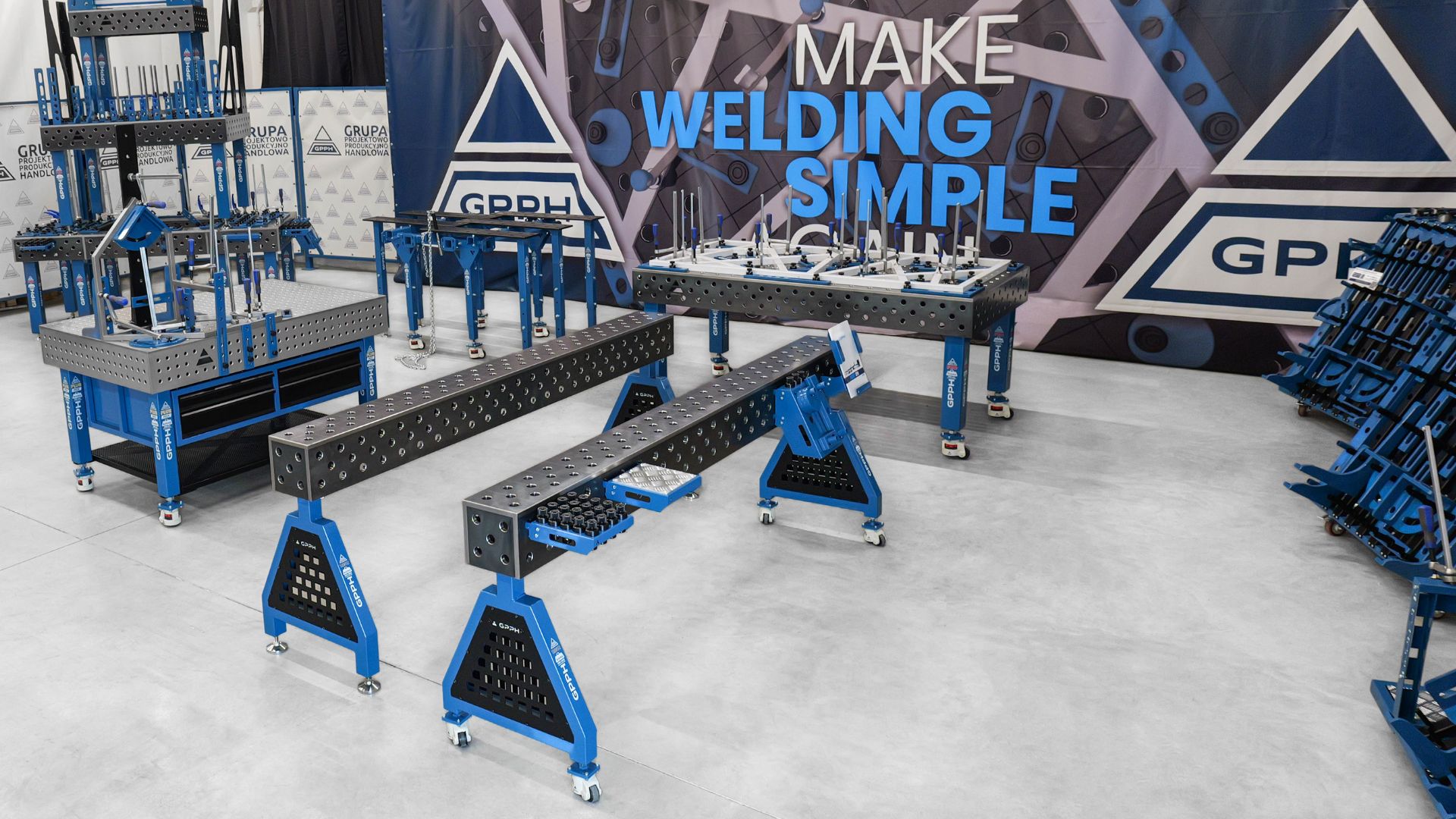Welding is an art and science that requires skill, precision, and the right tools. As welders gain experience, they often encounter more complex projects and challenging tasks that require advanced techniques. This article explores sophisticated welding methods and strategies for handling difficult tasks on a welding table, providing insights into the essential skills and steps needed to excel in advanced welding projects.
Introduction to Advanced Welding Techniques
Advanced welding techniques involve more than just joining metals; they require a deep understanding of metallurgy, heat control, and precise manipulation of the welding torch. Welding tables, especially high-quality ones like those produced by GPPH Group, provide a stable and versatile platform essential for executing these advanced techniques effectively. Entdecken Sie hier die hochwertigen Schweißtische der GPPH-Gruppe.
Advanced Welding Techniques and Methods
- Impulsschweißen: Pulse welding, often used in MIG and TIG welding, involves modulating the current to create pulses. This technique helps control heat input, reduce spatter, and improve penetration. Pulse welding is particularly useful for thin materials and aluminum.
- Multi-Pass Welding: For thick materials, a single weld pass is often insufficient. Multi-pass welding involves making several weld passes to build up the weld joint. Each pass must be carefully planned and executed to ensure proper fusion and strength.
- Rückspülung: When welding stainless steel or other reactive metals, back purging with an inert gas like argon prevents oxidation and contamination on the backside of the weld. This technique is crucial for achieving clean, corrosion-resistant welds.
- Hot Wire TIG Welding: This advanced TIG welding technique involves preheating the filler wire before it enters the weld pool, increasing deposition rates and improving weld quality. It is commonly used in high-precision applications such as aerospace and nuclear industries.
Handling Complex Projects and Difficult Tasks
- Precision Fit-Up: Ensuring a precise fit-up of components is critical in advanced welding. Use the modular fixtures and clamps on your welding table to align and secure parts accurately. Precision fit-up minimizes gaps and ensures better weld quality.
- Heat Management: Controlling heat input is essential to avoid warping, distortion, and other heat-related issues. Techniques like staggered welding, preheating, and interpass temperature control help manage heat effectively.
- Welding Positioning: Advanced projects often require welding in challenging positions. A versatile welding table allows for easy adjustment of workpieces, enabling welders to maintain comfort and control in various welding positions.
- Use of Jigs and Fixtures: For repetitive and complex tasks, custom jigs and fixtures can streamline the welding process and improve accuracy. These tools ensure consistent positioning and alignment, reducing the risk of errors.
Essential Skills for Advanced Welding
- Metallurgical Knowledge: Understanding the properties of different metals and how they respond to heat and stress is crucial. This knowledge helps in selecting the right welding technique and parameters for each project.
- Problem-Solving Abilities: Advanced welding often involves troubleshooting and solving complex problems. Developing strong analytical and problem-solving skills is essential for identifying and addressing issues that arise during welding.
- Attention to Detail: Precision and attention to detail are vital in advanced welding. Small mistakes can lead to significant problems, so meticulous planning and execution are required.
- Continuous Learning: Welding technology and techniques are constantly evolving. Staying updated with the latest advancements and continuously honing your skills through practice and training is crucial for success in advanced welding.
Schlussfolgerung
Advanced welding techniques on a welding table require a combination of technical knowledge, practical skills, and the right equipment. By mastering sophisticated methods like pulse welding, multi-pass welding, and back purging, welders can tackle complex projects with confidence. High-quality welding tables, such as those from GPPH Group, provide the stability and versatility needed for advanced welding tasks. Besuchen Sie die Website der GPPH-Gruppe um ihr Angebot an innovativen Schweißtischen und Zubehör zu erkunden.
By applying these advanced techniques and continually developing your skills, you can achieve exceptional weld quality and tackle even the most challenging welding projects with precision and efficiency.

